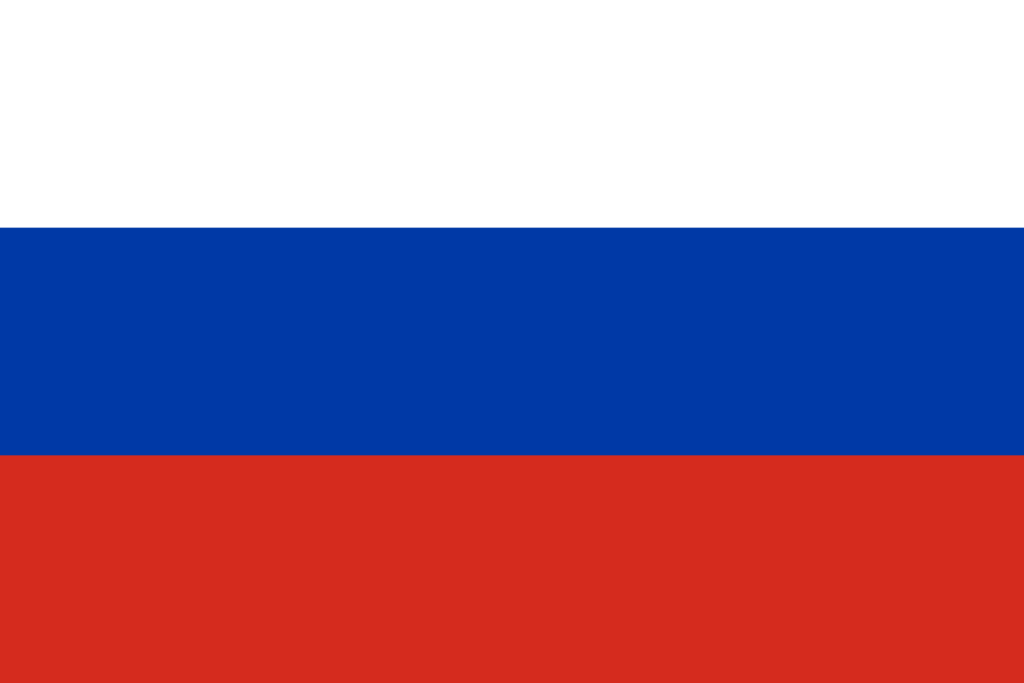Vladikavkaz, Russia

Population: 309,173
Area: 112 sq mi
Leadership:
Vladikavkaz became our first sister city in 1990 and is located in the Caucasus Mountains of Southern Russia.
In November 2023 the Board voted to list Vladikavkaz as a Friendship city—due to an inactive relationship—with the hope that one day the relationship can be renewed.
For more information on this Sister City or if you would like to get involved, please email ashevillesisercities@gmail.com
As noted by Leroy Alala, CEO of Sister Cities International, “While suspending or ending a sister city relationship to register disapproval of a foreign government’s actions may seem, on the surface, like a positive policy protest action, it has the complete opposite effect – closing a vital and, ofttimes, last channel of communication with vulnerable or isolated populations.”
This also reflects the position of Governor Roy Cooper in “standing with the brave Russian citizens who are risking their own safety under an oppressive regime to protest the war crimes of their own government.”
The volunteer Board of Directors of Asheville Sister Cities would like to show its support to all citizens who are standing up for peace. In the spirit of the charter of Sister Cities International and our cities’ sisterhood, our hope is that citizens of the world will try to uphold our mission of promoting “peace through mutual respect, understanding and cooperation . . . one individual, one community at a time.”
The Board of Directors of Asheville Sister Cities is committed to offering worldwide exchanges in arts and culture, youth and education, and community development not only to strengthen our friendships, but also help us tackle the world’s most pressing problems. We are hopeful that diplomacy will prevail in resolving the situation underway between Russia and the Ukraine; we grieve for those who have suffered loss and we will support those whose lives have been upended by this tragedy in the Ukraine.
May love for our global neighbors lead to the path of peace.
Past Projects
- In the mid-nineties, Asheville sent a “Carload of Caring” with 15,000 pounds of food, medical supplies, clothing and blankets to families in Vladikavkaz.
- Publishers from a Russian newspaper organization came to Asheville to study all the aspects of a newspaper business, thanks to a grant from the USAID.
- In 2004, following the hostage crisis in Beslan, Asheville Sister Cities raised funds and gathered condolences and letters of friendship from students, adults and children to take to Besland. The late Vadim Bora, a prominent member of Asheville’s arts community and a native of Vladikavkaz, was able to personally deliver the aid with his wife Constance E. Richards, chair of the Vladikavkaz Committee.
- In 2005, ASCI delegates visited with the mayors of both Beslan and Vladikavkaz and worked with a local organization to distribute funds to individual families still in need of further medical care.
During 2006 and 2007 the Vladikavkaz Committee hosted two groups of young educators from Vladikavkaz with a grant from the Open World Program. The visiting delegations were comprised of arts educators, who spent eight days in the community visiting arts management enterprises and teaching institutions. - In 2009/2010, in conjunction with Vadim Bora Studio-Gallery, the Vladikavkaz Committee gathered 120 pieces of children’s art from four different schools in Vladikavkaz for the Sister Cities International exhibition with the theme “Me and My Family.” An opening was held at ASCI offices, and two receptions were held at Vadim Bora Studio-Gallery. Proceeds from sales of the student art went towards buying art supplies for students. Individual letters were sent from the collectors to the student artists. Each student artist received an award from ASCI and the Gallery.

